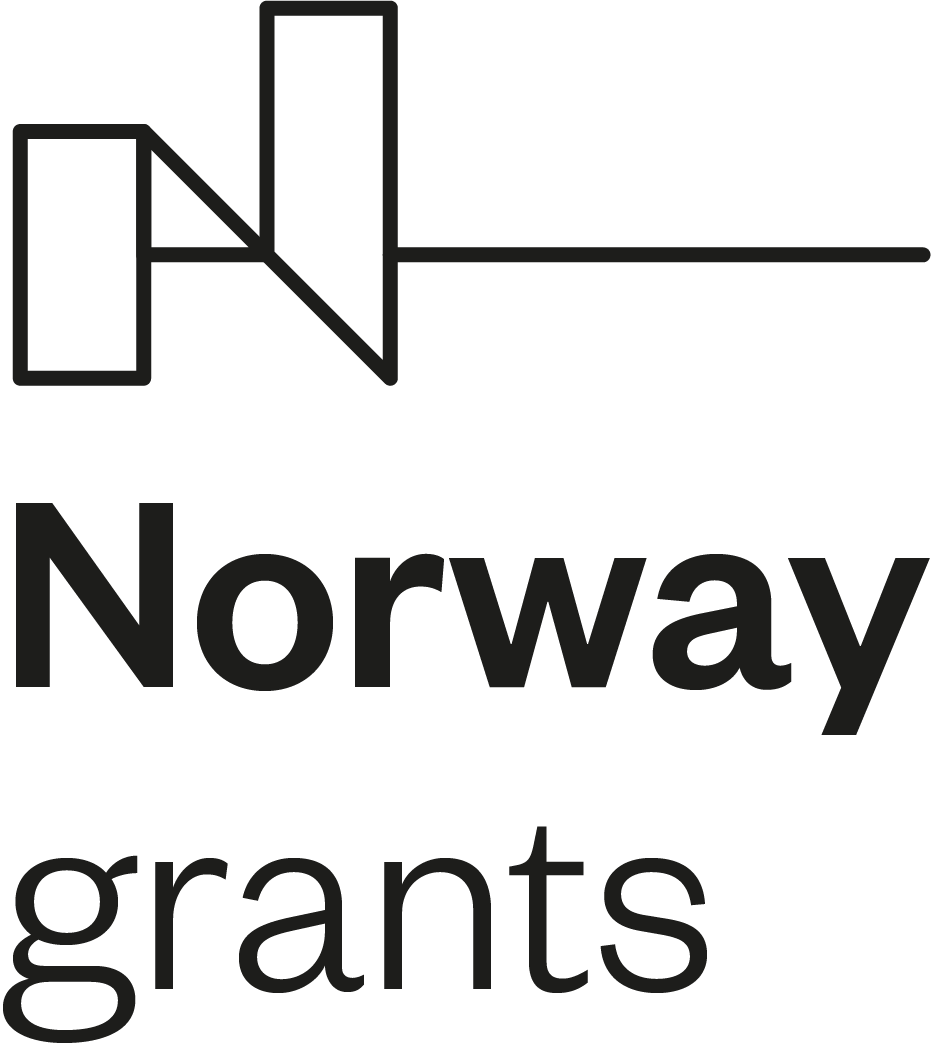Exhibition by Gökmen Önay
Kraków Public Library and The Section of Kurdish Studies of the Jagiellonian University have pleasure to invite you to the photo exhibition by Gökmen Önay entitled Allah stworzył Kurdów żeby góry nie były samotne /Allah Kürtleri yarattı dağlar hali kalmasın diye/ Allah Kurd afirandine ji bo ku çiya tenê nemînin/Allah created the Kurds so that the mountains won’t be desolate, Place: Kraków Public Library, Rajska 1, Time: 05.10.-13.11.2017.
The title of the exhibition by Gökmen Önay refers to the old Turkish proverb Allah Kürtleri yarattı dağlar hali kalmasın diye describing the Kurds and indicating their primitive and unsophisticated nature. For many decades the Kurds in Turkey were called “mountain Turks”, associated with unrefined tribal culture, and rejected any recognition or political status. The 20th century witnessed the multiple Kurdish uprisings of 1925, 1927 or 1937, and finally the guerilla war that erupted in 1984. Although this reality started to change in the new millenium, giving hope for some peaceful resolution of the Kurdish issue, the situation worsened since 2015.
On the other hand, the information and knowledge regarding the Kurds, although considerably developed in recent years, still focuses on conflict, war, resistance and political issues leaving very little space for any other topics and discourses. We can hardly learn anything about any thougts and feelings expressed in Kurdish language or through the artistic activity and these are the very important elements constituting our average grasp of humanness. It results in a very distorted image of the Kurds and their dehumanisation. Due to the fact that our modern sense of dignity animating the concept of human rights, is often based on notions such as humanity or humanness, the Kurds are easily and sometimes even unconsciously denied dignity too. In other words, in our modern world, they are not treated as equal opponents or partners with whom one may want to reconcile and cooperate. This exhibition draws from the abusive Turkish saying in order to show that even such words may contain some positive sense and beauty providing that someone is open to see and hear them.
The 52 pictures by Gökmen Önay present the life of the small town called Bazit (Doğubayazıt in Turkish), located in Kurdistan, near the Turkish-Iranian border, under the slopes of the Ararat mountain. Were the mountains so lonely and desolate that Allah decided to send the Kurds to them? In such a case the Kurds must possess the unique capacities that are needed in our more and more desolate and devastated modern world. Treating the Turkish proverb as a source of beauty instead of abuse we shed some light on the very different moments of Bazit’s life filled with hapiness and sorrow, tranquility and unrest. We deeply belive that it is not necesserily the military resistance and war but rather the beauty of people and their culture that can make their neghbours more willing to see them as dignified human beings to coexist and cooperate with them on an equal basis.
Gökmen Önay, Joanna Bocheńska
I was born in Bazit (Doğubayazıt). Using the camera of my older brother I started to take pictures in 1994. Though I am Kurdish and most of my life I have lived among the Kurds I cannot fluently speak the Kurdish language. Therefore, the camera opened new ways of comunication for me. My pictures tell stories about people, their culture and the surrounding world. Since the 90s I have followed the changes that took place in Kurdish society. When I started taking pictures people were very open and friendly to me and my camera, now I meet a lot of distrust. I was busy with photography in Kurdistan (Eastern Turkey) and Syria but Doğubayazıt is a special point on my map. It is a place I always return to. I am very happy when after 10 years I can show the pictures to people in Bazit allowing them to recognize themselves or some of their relatives that they had not heard from for many years. The most fascinating for me is the moment of history that discloses itself before and after the click of the shutter. Doğubayazıt is a place that provides the continuity for my stories. However, photography does not allow me to tell the whole story, sometimes there is not even a good moment to take out the camera. Sometimes I simply prefer to sit and chat with people in order to understand their story. The photos that are presented in this exhibition were taken 10 to 15 years ago in Bazit but only now I found the opportunity to make use of them.
Wêne, em bi xwe ne /Photography is what we are
Gökmen Önay
The exhibition is organised in the scope of the project How to make the voice audible? Continuity and changes of Kurdish culture and of social reality in postcolonial perspectives financed by The National Science Centre of Poland.
Curator of the exhibition: Joanna Bocheńska





